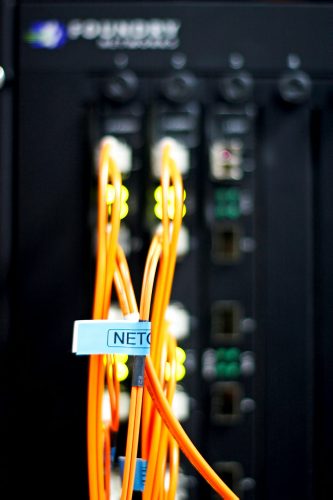Accessing the University of Minnesota’s (UMN) virtual private network (VPN) is essential for securely connecting to university resources from off-campus. Whether you’re a student accessing files from a remote location, or a faculty member managing sensitive data, learning how to set up the UMN VPN on Windows or Mac is crucial. This guide provides a reliable, easy-to-follow step-by-step process to get you connected quickly and safely.
Understanding the UMN VPN
The UMN VPN enables a secure and encrypted connection between your device and the university’s internal systems. This ensures that your personal and university data are transmitted securely, even when using public internet connections. The university uses a Cisco AnyConnect client, a widely trusted tool in higher education and enterprise environments.
Step-by-Step Setup for Windows Users
- Download the VPN Client
Go to the UMN VPN download page and select the Windows version of the Cisco AnyConnect client. - Install the Application
Once downloaded, locate the installer file (usually in your Downloads folder) and double-click to run it. Follow the on-screen prompts to complete the installation. - Launch Cisco AnyConnect
After installation, open the Cisco AnyConnect Secure Mobility Client from your Start menu. - Enter the VPN Server Address
Type vpn.umn.edu in the server address field and click “Connect”. - Login with Your UMN Credentials
Enter your University Internet ID and password. You may also be prompted to complete Duo two-factor authentication. - Verify Connectivity
Once connected, you’ll see a padlock icon on the Cisco AnyConnect window, indicating a secure VPN connection.
Step-by-Step Setup for macOS Users
- Download the VPN Client
Navigate to the UMN VPN download page and select the Mac version of Cisco AnyConnect. - Install the Client
Open the downloaded .dmg file, then double-click the installer package to begin. During the installation, macOS may display security prompts—allow necessary permissions to continue. - Open Cisco AnyConnect
Launch the application from the Applications folder. - Enter the VPN Server Info
In the connection box, input vpn.umn.edu and click “Connect”. - Authenticate
Sign in using your University Internet ID and password. Complete any two-factor authentication if prompted. - Confirm Connection
Once connected, the Cisco client will display a secure padlock and connection status.
Troubleshooting and Additional Tips
- Check Firewall Settings: Ensure your firewall allows Cisco AnyConnect to connect.
- Update Your Software: Make sure your operating system and VPN client are updated to the latest versions.
- Use the Right Credentials: Make sure you are using your full UMN Internet ID and entering accurate Duo authentication responses.
- Restart the VPN Client: If you lose connection, simply restarting the application can resolve minor issues.
Why Use the UMN VPN?
The UMN VPN is more than just a connectivity measure; it’s a cybersecurity necessity. It allows you to:
- Access internal university resources like library databases, shared drives, and departmental servers.
- Protect personal and institutional data from unauthorized access through encrypted communication channels.
- Maintain academic integrity and confidentiality when working remotely on research or administrative tasks.
Final Thoughts
Setting up the UMN VPN is a simple yet vital step for ensuring a secure digital experience when working off-campus. By following the above instructions tailored for both Windows and Mac, users can maintain privacy, comply with university policies, and access all the resources they need in a reliable and protected environment.
For frequent travelers, researchers, and online learners, ensuring secure access to the University of Minnesota’s digital ecosystem is only a few steps away. Don’t leave sensitive data vulnerable—get connected securely with UMN VPN today.
